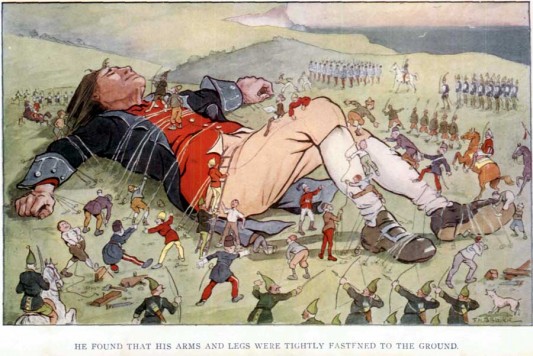In the right column the essay, “Limits of Perfection”, explores a general phenomenon I noticed while working in software development. Typically, we try to close the most obvious gaps in a problem by the solution closest at hand. Unfortunately, many degrees of freedom are removed before we confront the most difficult problems.

Mindscape
The same constraints work on our assembling of our internal worldview, the mindscape we use to respond to the external world.
The easiest ways to close gaps is to take our earliest learned relationship, those formed when our limbic system were developing and training in the years between two and ten. These rules (relationships between facts, explanations, and predictions) are formed when we were guided by a moral code laid down by our parents. Behaviors were evaluated as good or bad according to our parent’s moral code. This basis continued into adulthood, when we perhaps have a different moral code than our parents.
In many situations, our decisions are still open after we have utilized our limbic (emotional) rules. Then, we use logic and similarity to past experiences to decide, but many degrees of freedom in understanding and responding to situations have been removed already.
Logic and similarity to past situations are inevitably constrained by the emotions which shape the internal worldview onto which we use our highest cognitive faculties.
Limits of Perfection
June 11, 2011
Published Mensa Bulletin June 1993
The pursuit of perfection is fine in the abstract, but let me describe one significant implementation problem that should not be overlooked.
Pareto Rule
Recall the Pareto rule (80% of the value of anything is provided by 20% of the constituent items). Let’s consider a system with 100 items outstanding. Then we have 80 items peripheral and 20 items crucial to the core functionality.
Perfection implies that all items must be completed. You have probably seen as often as I have how this results in a typical working assumption that all items are equal.
Easiest First
Too often the human tendency is to work on the easiest problems first. In those cases, the 20 crucial and (usually) difficult issues are approached with many degrees of freedom removed (by the solution of the 80 easy and peripheral items). The crucial items are left with cramped, constrained solution paths.
Convoluted Solutions
I have seen convoluted solutions that undoubtedly have this etiology. Thus we are left with feeble (non-robust) solutions to the more crucial items.
My working procedure to avoid this limitation of perfection is to enforce the maxim–no solution before its time.
Related: See the short story “Happy Path” for an unforeseen consequence of forcing easy answers before critical questions are addressed.
